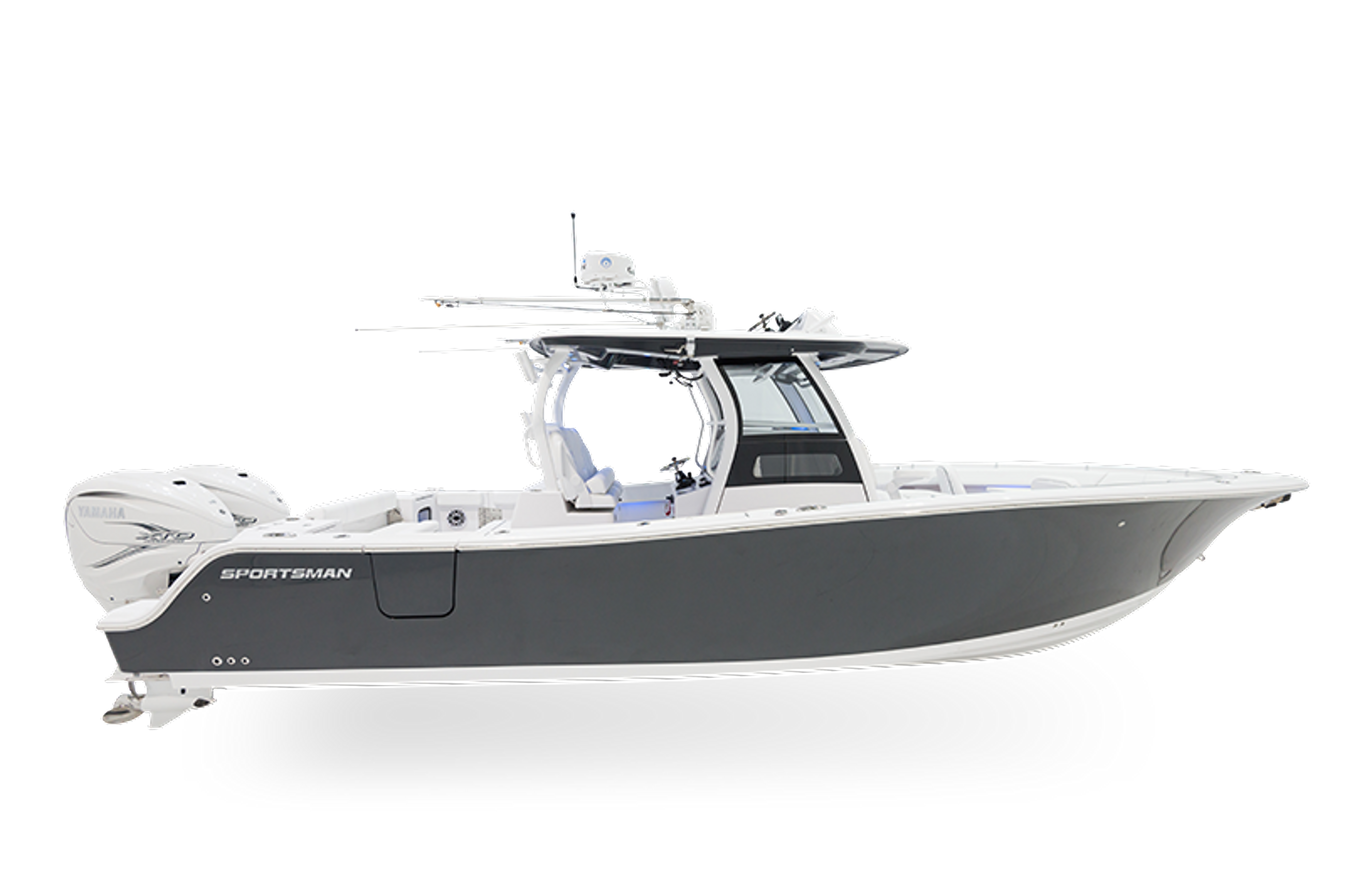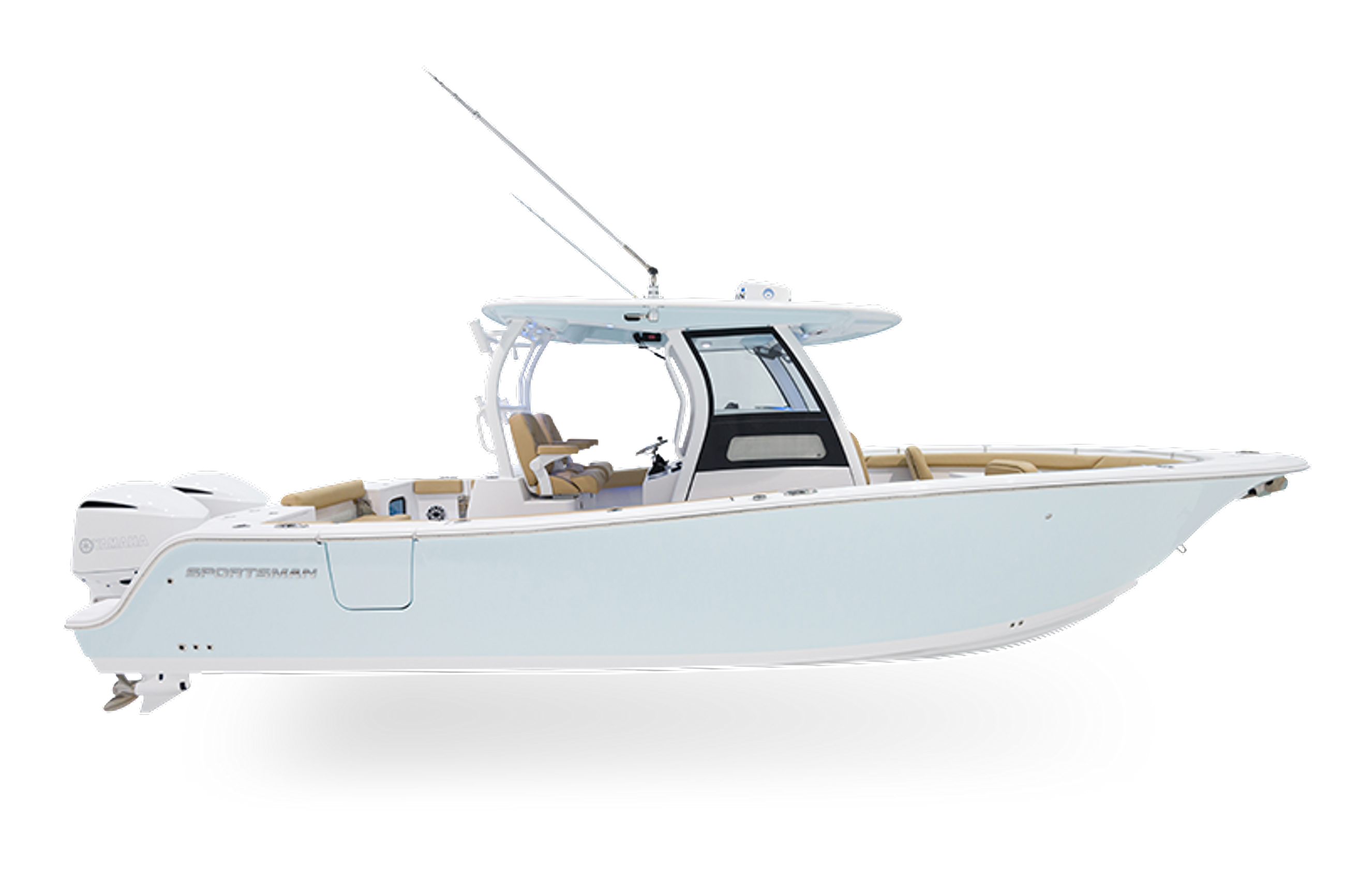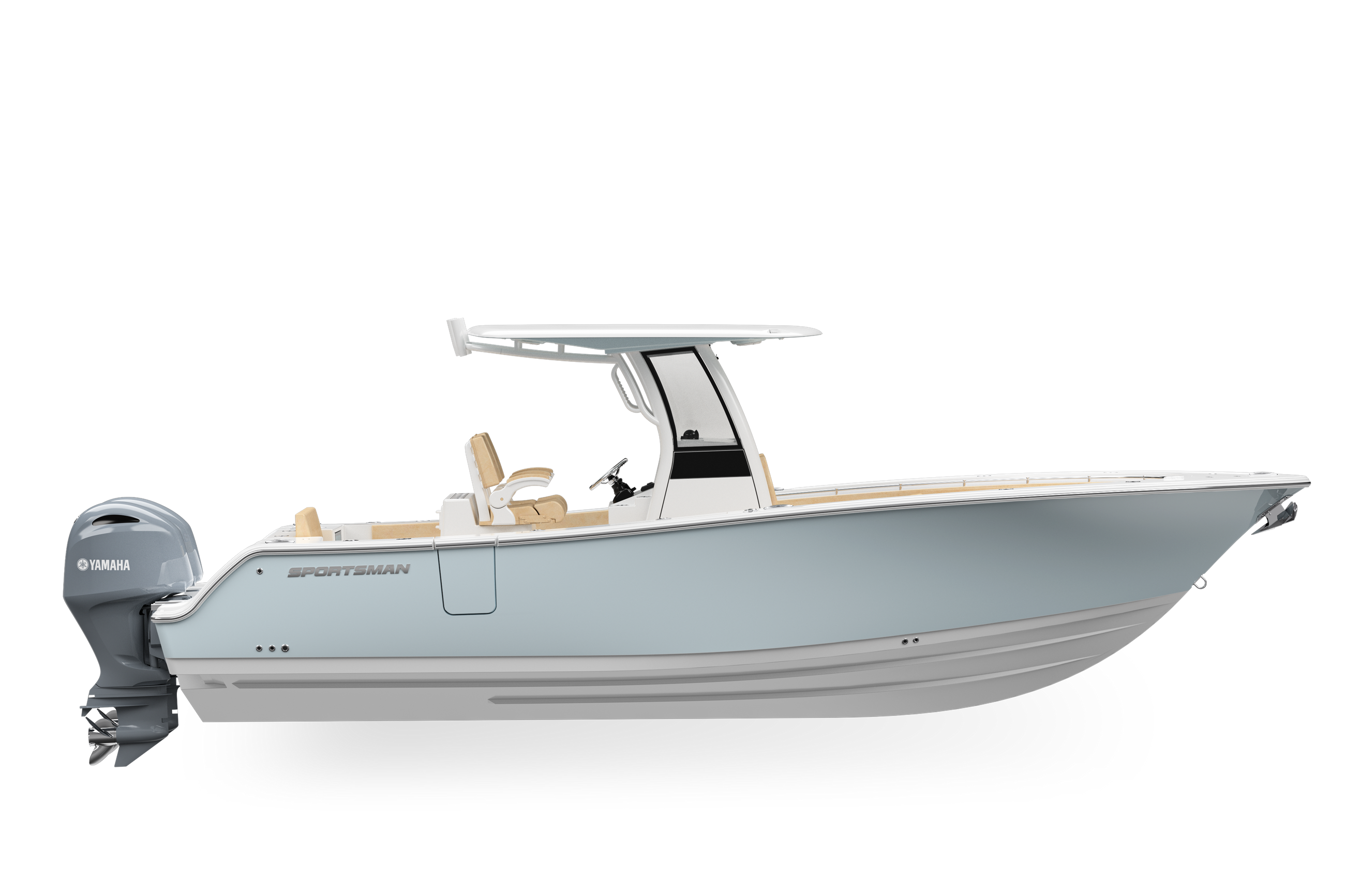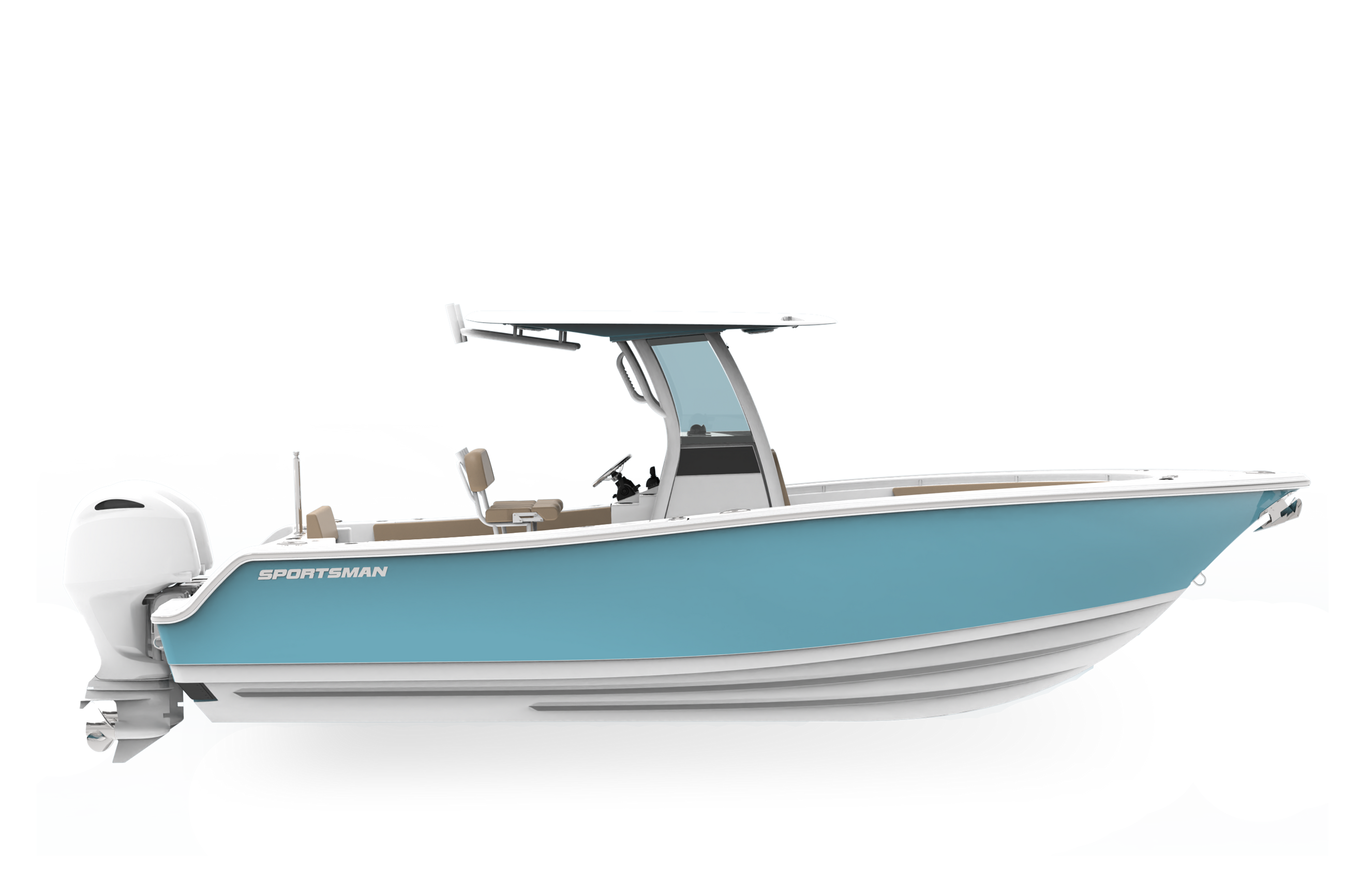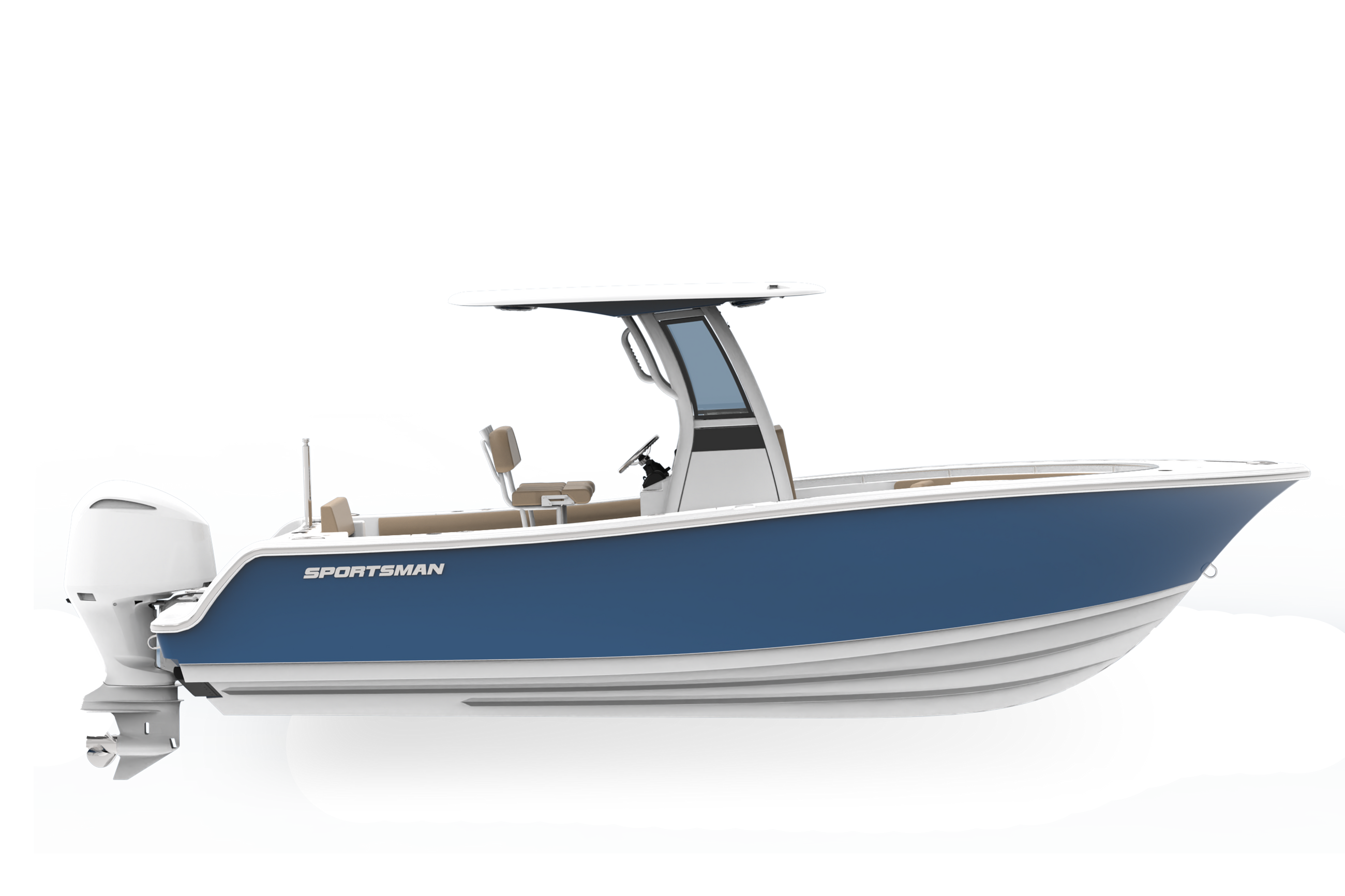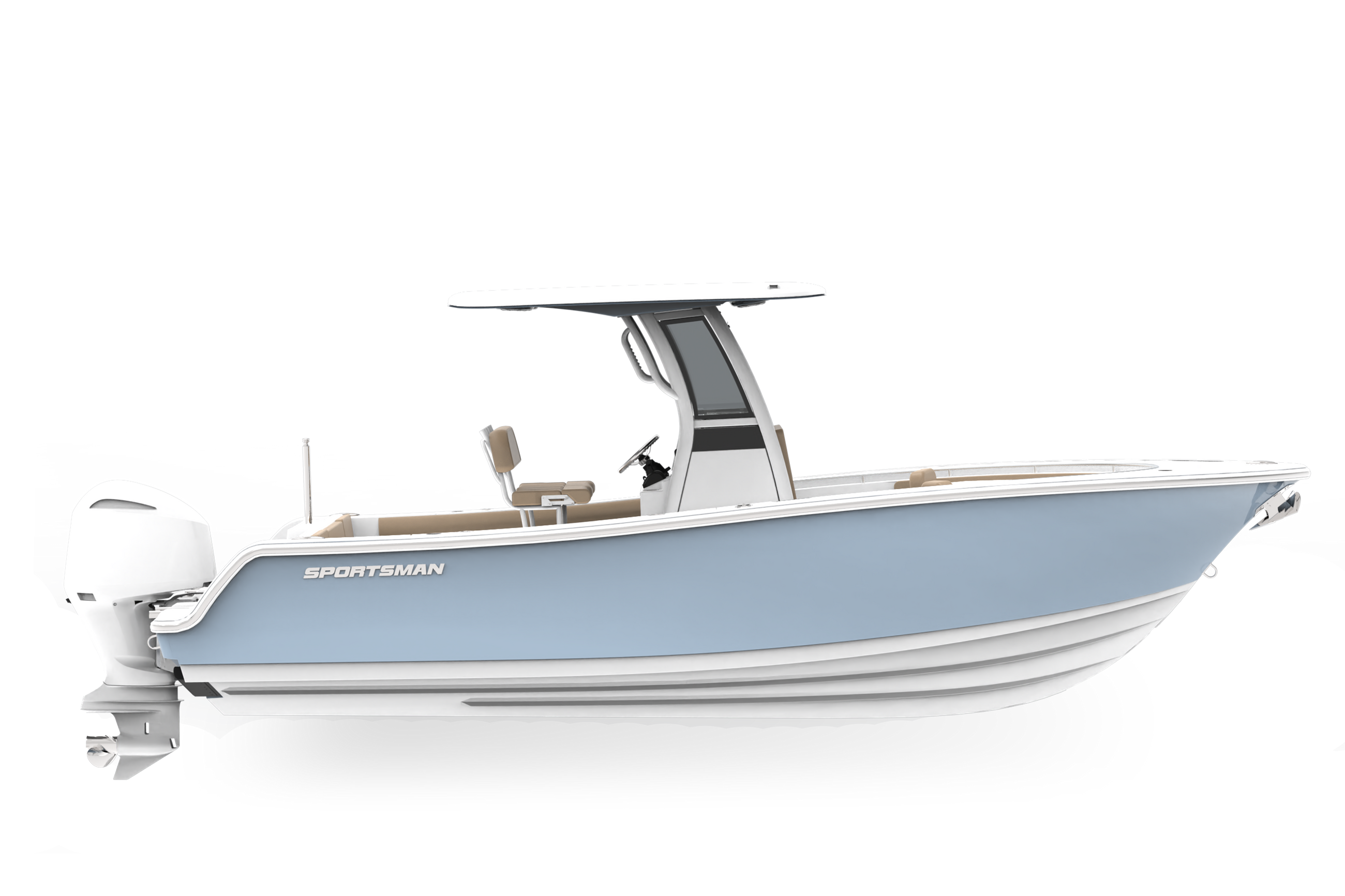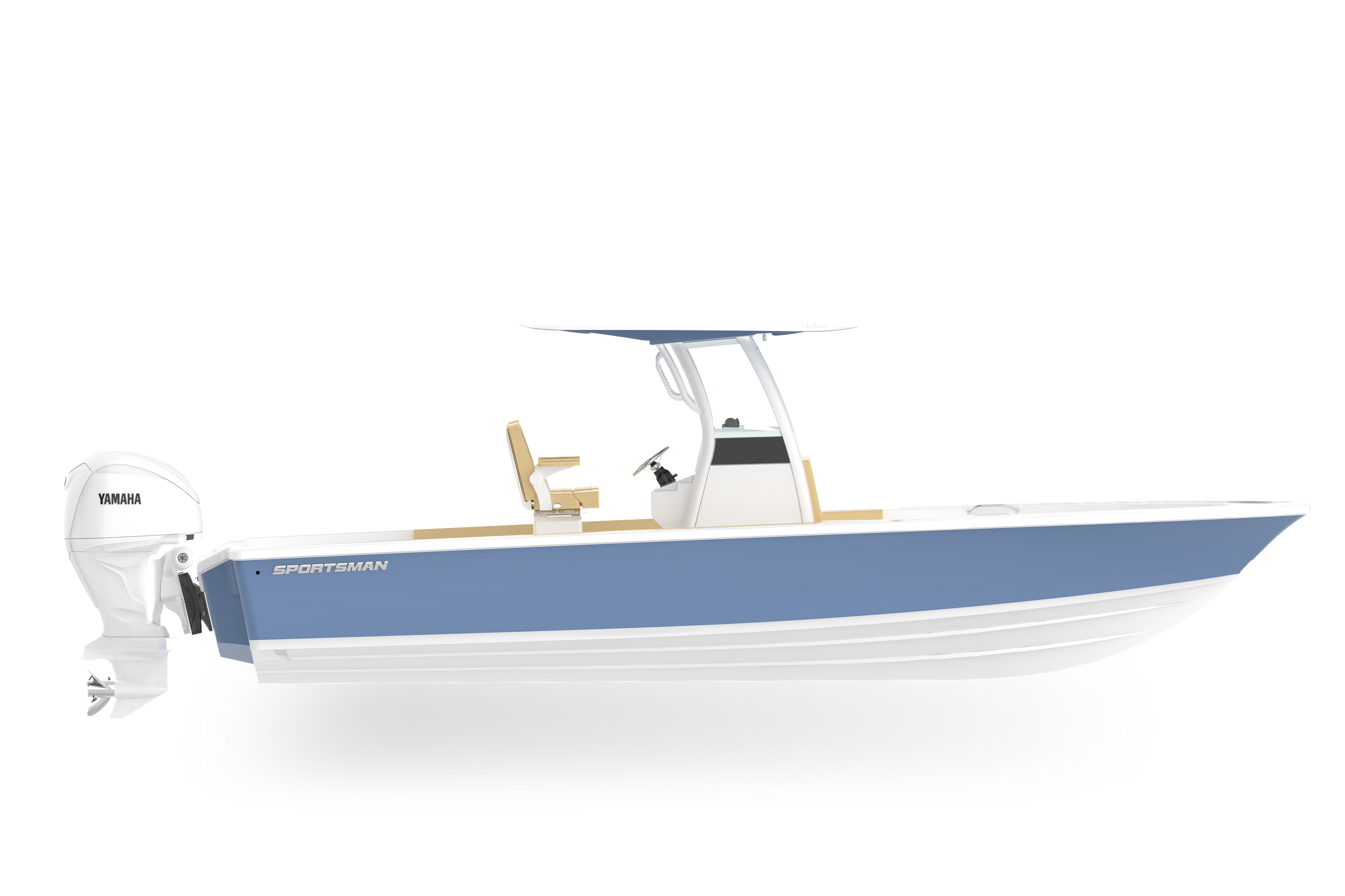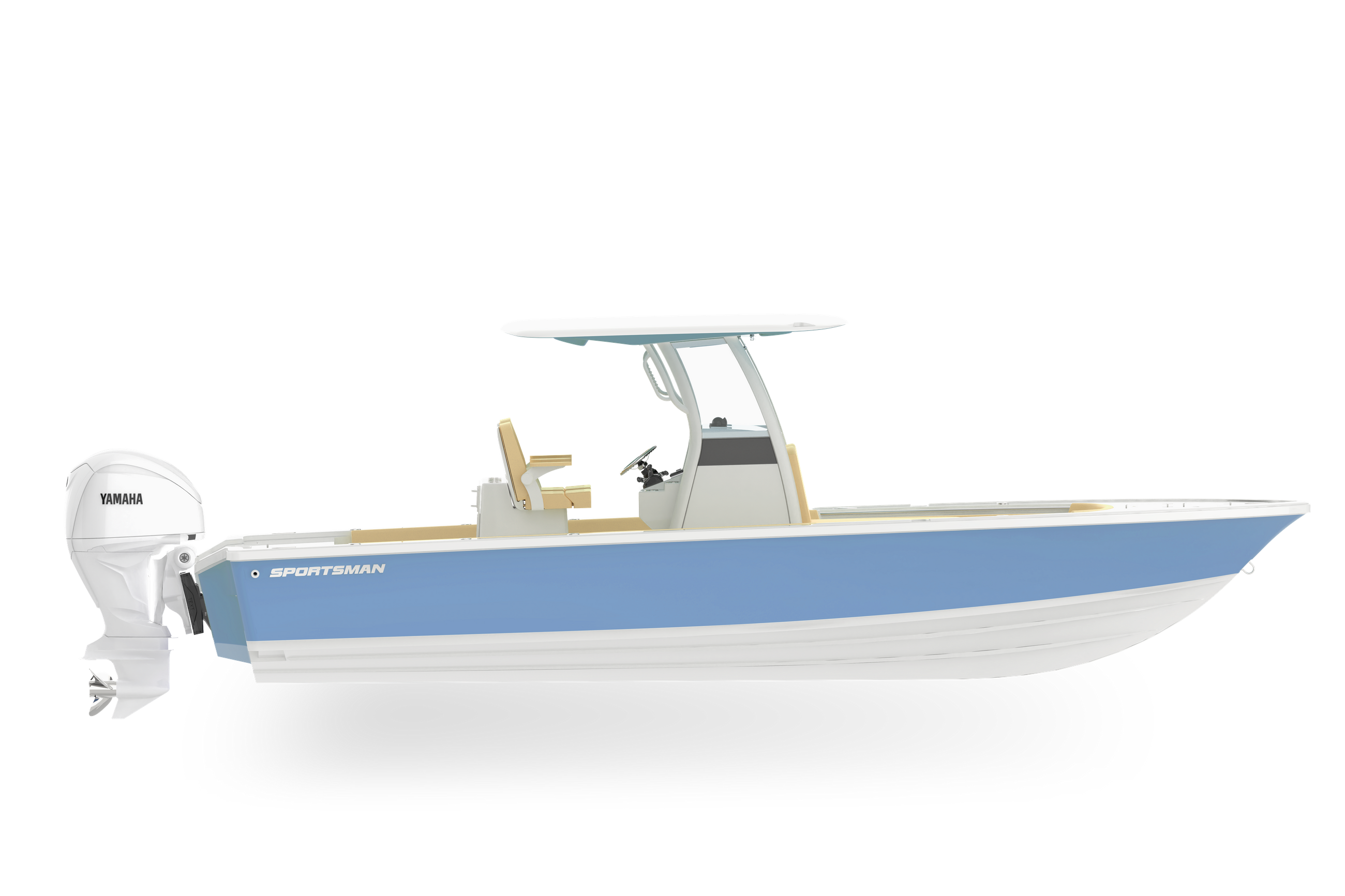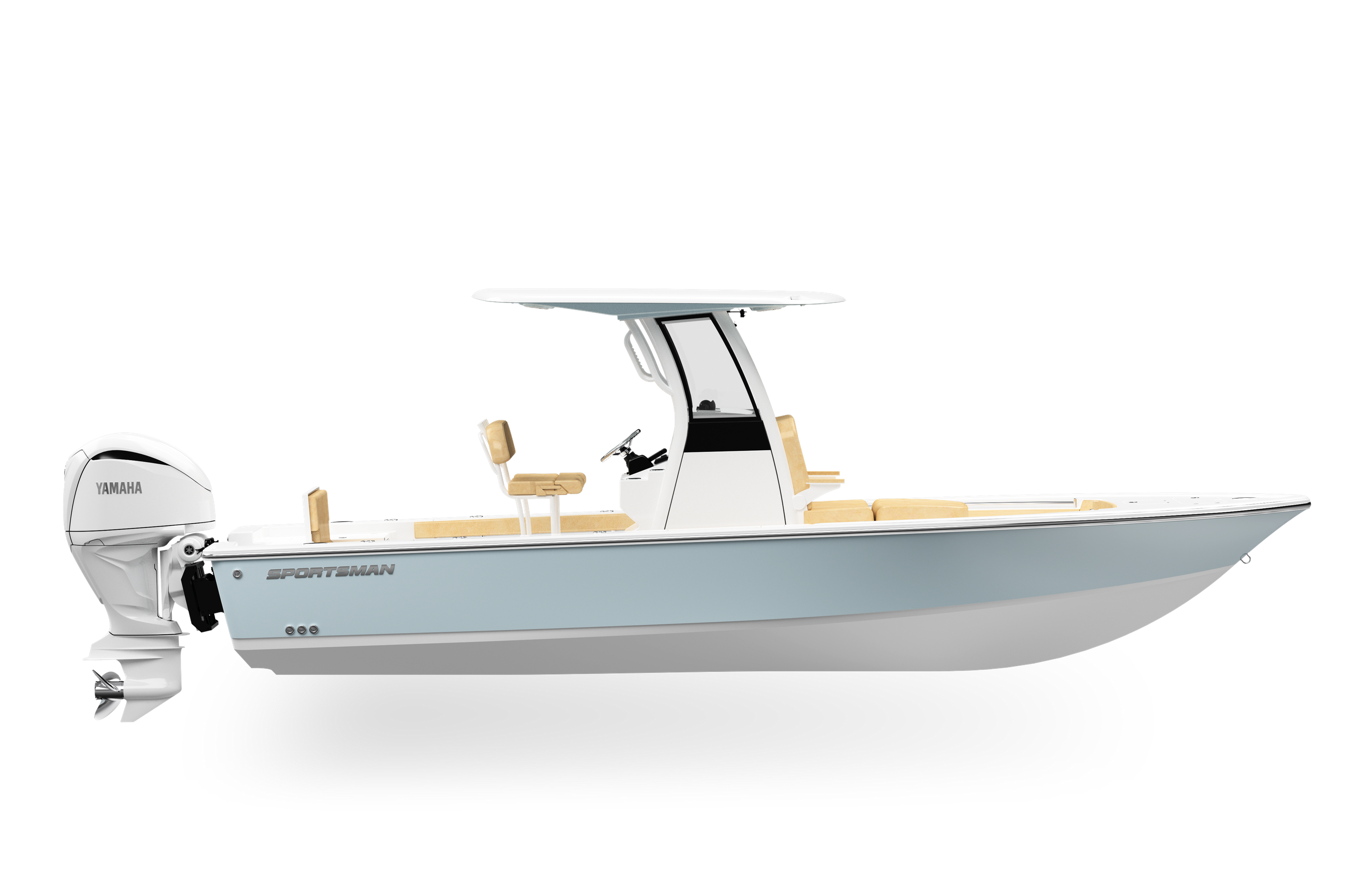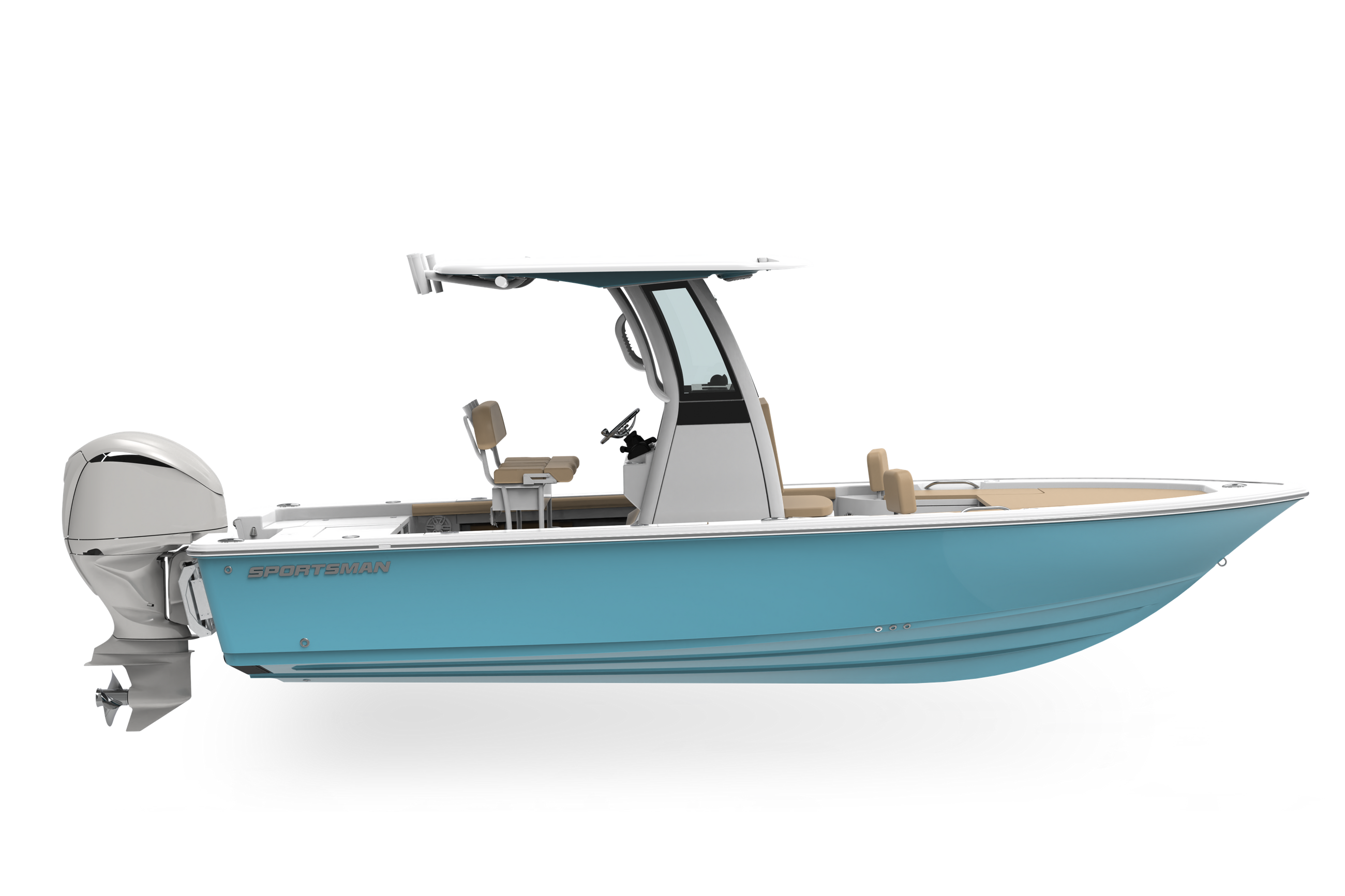Behind the Glass - S1E03 - Deck Construction
Welcome to Sportsman Boats, "Behind The Glass," a new series based around the construction process inside the Sportsman Plant. In this episode we are taking a look at the Deck Construction Process. We will dive into each step along the way, explaining the materials we use and why we use them.
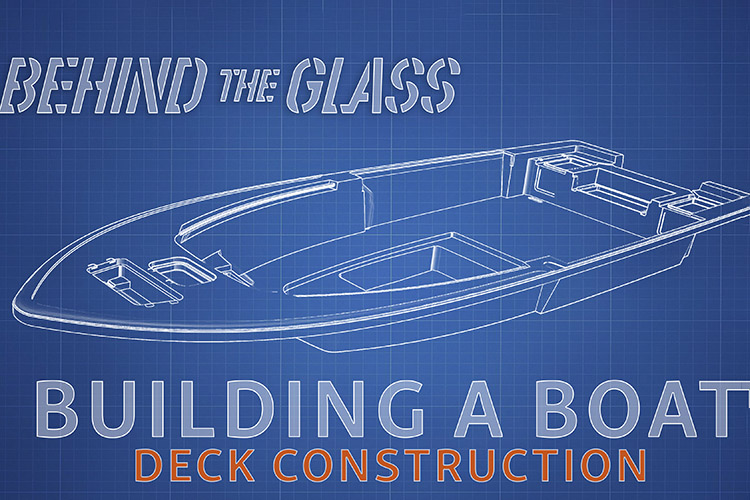
Behind the Glass Episode 3 – Deck Construction
The deck of the boat is the topmost piece, and it gives the boat its layout. It accounts for the noticeable features that help you decide which boat is right for you. It is a very complex part, and it’s the final, main structural piece of a boat.
Just like all of our other parts, the deck starts with a mold. One special thing to note about deck molds not found in the other molds is the integrated non-skid or textured area that prevents your feet from slipping when the deck is wet. We use a Grip Tex Yacht Style Non-skid on every deck mold.
The fabrication process begins with a layer of gelcoat. Once the gelcoat dries, fiberglass and resin are simultaneously sprayed to form the first layer of fiberglass, known as the skin coat layer.
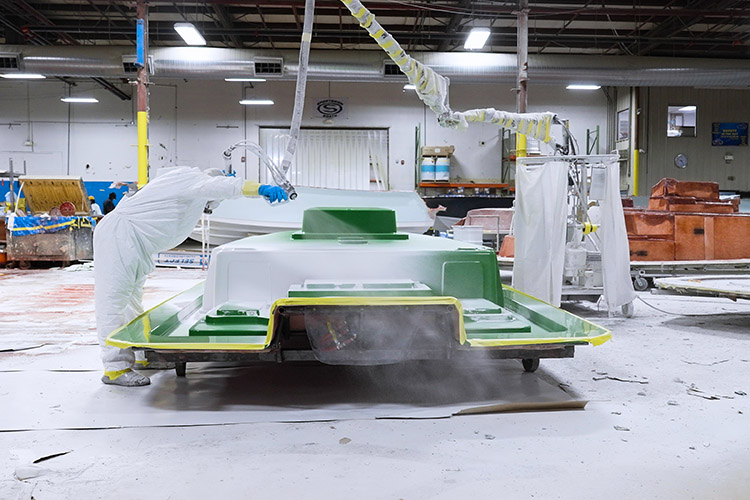
Using special rollers, the team ensures no air bubbles are trapped in the resin. During this time, they roll over every inch of the deck, making sure the fiberglass has adhered to all of the radiuses and corners. This process also removes any excess resin.
Once the fiberglass is down, composite materials are added to give better strength to the deck surfaces while also reducing the weight of the final part.
Each piece of material is precision cut using our state-of-the-art CNC machining. This ensures that every single Sportsman Boat is built to precise specifications. We have two CNC Machines used for cutting coring materials. The first machine cuts the dry bulk fiberglass layers used throughout each boat. The second machine cuts all-composite coring materials used for multiple purposes such as strength and rigidity, sound dampening, and even insulation for coolers and livewells.
The core materials are pre-sprayed with resin, and a wet bed of fiberglass is sprayed onto the deck prior to applying each piece. Additional fiberglass is applied over the top to encapsulate the composite materials. A key advantage is our use of strategically located composite materials. As an example, Aqua-Steel is placed around the deck where traditionally a backing plate would be used. These areas include cleats, hard-top legs, leaning posts, and more. The growing trend of trolling motors on offshore boats has driven us to design additional support at the bow for proper installation. All of these materials work together to provide superior strength all around the deck.
Once all of the core materials are laid, the process of bulking begins. This process ensures a consistent thickness and strength for the deck and is done by hand-laying the precision-cut pieces of dry fiberglass.
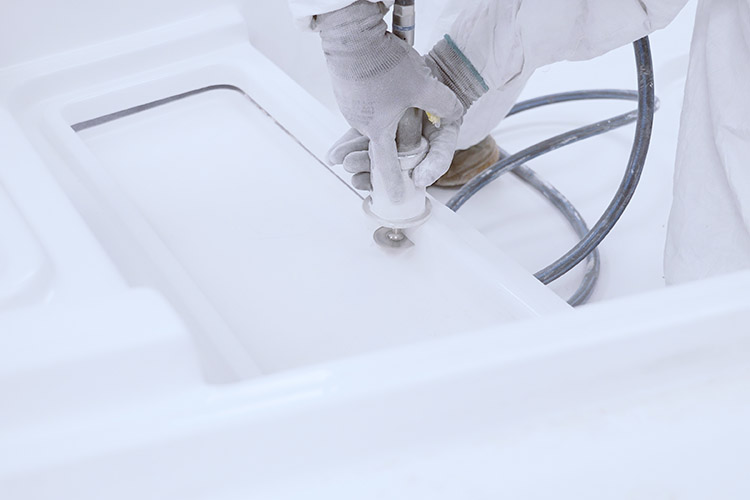
All of our decks require additional parts that will eventually become coolers, livewells, and storage boxes. These parts cannot be made inside the deck mold because it wouldn’t allow the deck to be pulled off of the mold. We will explore this process in-depth in our next episode. The boxes get bonded to the deck using methyl methacrylate, the same aerospace bonding agent we use for bonding the stringers to the hull.
Once all boxes are in place, the deck is pulled from the mold and ready to be moved to a cut and grind booth.
Special templates called splashes are used to mark the location of speakers, rod holders, cup holders, and more. These templates deliver precision placement of all components and are a testament to our closely monitored quality standards. The top of the boxes that were installed earlier get cut open, revealing the finished interior of each box.
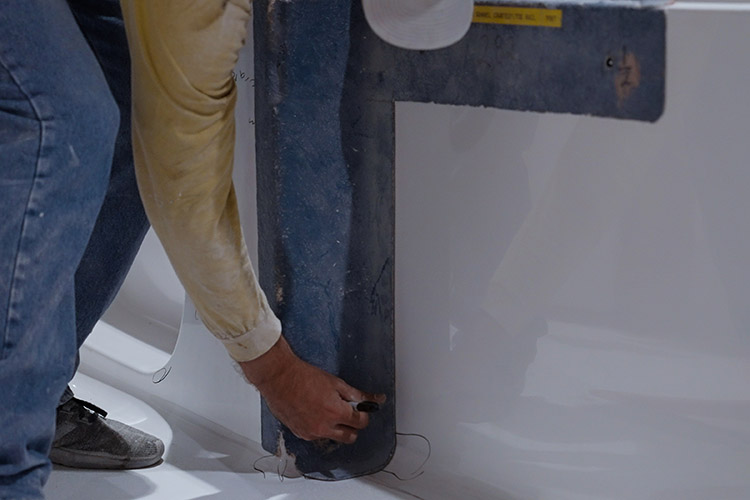
Upon completion, the deck gets wheeled forward to meet up with the hull and stringer to await the next step.
Thank you for taking a look at our hull construction process. This process is part of our SportTech® Advanced Fabrication Process. This proprietary combination of processes and materials yields the best result each step of the way and has been thoroughly tested for durability, longevity, and finish. All Sportsman Boats features a 100% composite construction with zero wood.
Join us in our next episode for another installment of Behind The Glass, where you’ll get an inside look at the backbone of our boats, the Stringer System. you’ll get an inside look at how we build our small parts, including livewells, storage boxes, and coolers.

